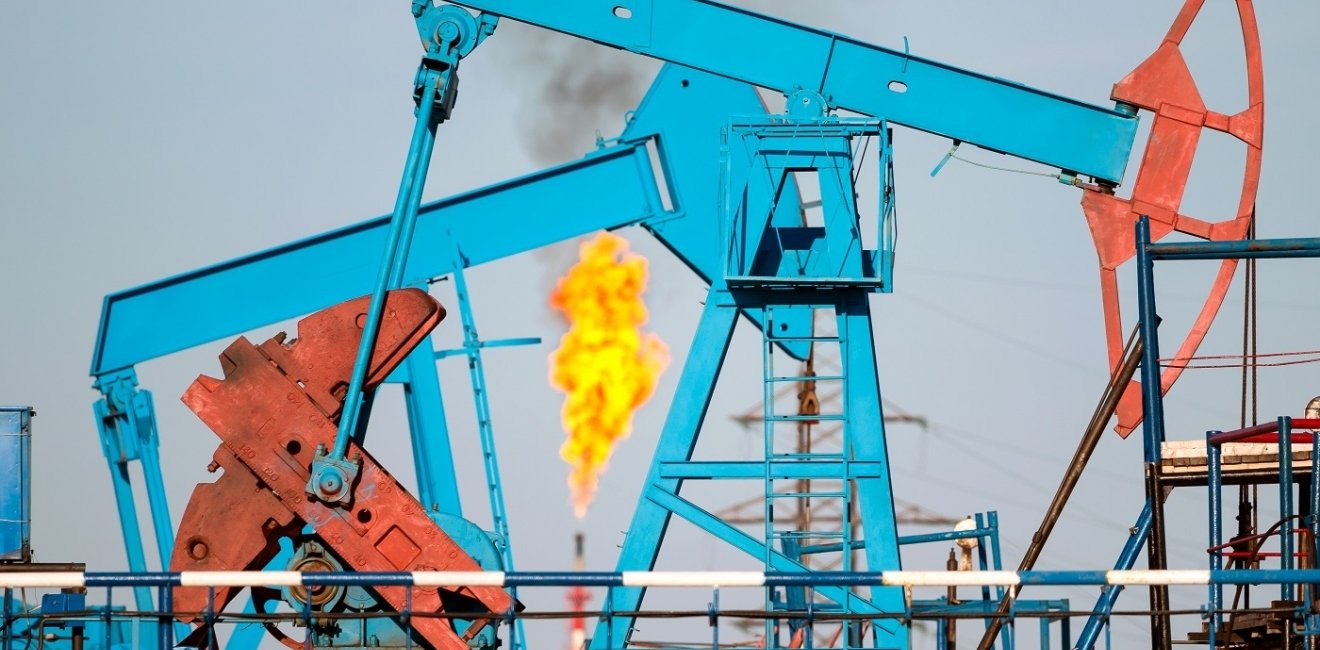
A blog of the Kennan Institute
Russia’s economy is simple and hard to break. Because of the West’s tardy introduction of crucial sanctions and Moscow’s ability to mobilize resources, the costs of Russia’s invasion of Ukraine for the Russian economy will only begin to be truly felt in the second year of the war.
During the war’s first year, in 2022, Moscow’s oil and gas revenues were not affected and even grew. The 2022 recession, at 3.5 percent, and a budget deficit, at 2.3 percent of GDP, proved manageable. The year 2023 will be much harder on Moscow. Oil and gas export revenues—and they provided 45 percent of the federal budget in 2021—may decline by 24 percent this year. The World Bank expects Russia’s output to contract by 3.3 percent in 2023.
For an open economy run by democratically elected politicians, those losses would be dramatic, possibly game-changing. But for an autocratic state whose leaders and shady oligarchs see the entire economy as their potential loot, this is not the end of the world.
One year into the war, Russia has been able to redirect a large share of its oil exports (not gas, though) to non-Western destinations and is keeping a plethora of other export industries that have not even been mentioned during the sanctions debates.
The EU embargo on seaborne Russian crude and the price cap, at $60 per barrel, on Russian oil introduced by the EU and G7 went into effect rather late in the war, in December. That did not work immediately. During the first month of the sanctions, Moscow’s oil and gas revenues exceeded 930 billion rubles (more than $13.4 billion), which was 6 percent more than in December 2021.
It is an example of Moscow’s ability to mobilize revenue. December went well for the budget because of Gazprom's unscheduled payment of the mineral extraction tax. Excluding this money, oil and gas budget revenues fell by a whooping 40 percent in December. Yet for months to come, Moscow will be able to supplement shortfalls in revenue through similar one-off payments, for example, from fertilizer and coal producers. And then there are aluminum, nickel, palladium, and nuclear power plant producers that have been staying under the radar so far.
At this stage, Putin’s one major loss on the economic front did not come through sanctions but was self-inflicted. He has lost, likely permanently, about three quarters of his main market for Gazprom’s pipeline gas because of his attempted blackmail. Germany and a few other European economies took Putin’s threats to cut off gas supplies seriously and have by now weaned themselves off Russian gas completely. Opportunities to replace pipeline gas, quickly build liquefied natural gas (LNG) terminals, and conserve it turned out to be more plentiful than analysts expected. Last year, LNG shipments to Europe from the United States alone went up by more than 137 percent in the first eleven months of 2022 from the same period in 2021, helping U.S. producers to exceed Russia’s share of the market.
This year Gazprom, however, will likely be able to export 50 billion cubic meters of natural gas to European clients. This is a far cry from the 185 to 200 billion cubic meters Russia used to export in previous years but is still higher than the current 25 billion cubic meters. Austria, Bosnia and Herzegovina, Hungary, Italy, Serbia, and Slovakia will remain buyers of Russian natural gas for years.
Last year, Russia increased oil production and quickly redirected its seaborne crude shipments to China, India, Pakistan, and Turkey. The prices Russian oil companies have been able to get are much lower than before, though. This year, Russia’s Ministry of Finance projects its oil and gas revenues to reach 8.9 trillion rubles ($127 billion). This is a 24 percent decline: for all of last year, oil and gas revenues totaled 11.6 trillion rubles ($167 billion). Even the 8.9-trillion-ruble target is optimistic as it has been calculated on the basis of an unrealistically high average oil price of $70.2 per barrel of Urals.
Despite all the shortfalls, relatively low oil prices, and a growing deficit, Russia will likely avoid a deepening crisis. That will be prevented by spending the resources of the National Wealth Fund (NWF), selling foreign currency on the market, and raising taxes on companies in the natural resources industry. The NWF is in decline but currently stands at $148 billion, its liquid assets being less than the quoted amount.
We should not forget that the Russian budget is also supported by revenues from other export commodities, which the West keeps quiet about because these commodities, primarily industrial metals, are too important for Western markets to impose sanctions on.
Russia's exports of aluminum and nickel to the European Union and the United States increased by as much as 70 percent between March and June of last year. Last year the London Metal Exchange (LME), the world’s largest market for industrial metals, considered banning Russian aluminum from being traded and stored in its system, but decided against it.
Because of the boom in the electric car market and in renewable energy—and therefore in batteries—the growing demand for nickel (of which Russia is a major producer) and lithium is a logical result. Russia provides 40 percent of Germany's nickel needs and is the largest supplier of palladium to the United States, and palladium is needed for the automotive industry worldwide. Russian gold and silver producer Polymetal is doing well. The company is growing and reaping billions in annual revenue.
Russia’s nuclear power monopoly, Rosatom, is thriving. It is currently at work in twenty-three facilities in twelve countries, including Belarus, China, Egypt, Hungary, and Turkey. Last year, Rosatom's export sales increased by 15 percent, to $10 billion, and its current foreign order book stands at over $200 billion. None of those industries has been sanctioned.
One should make no mistake. The Russian economy is in long-term decline and, as the war continues, will face deepening challenges. None of the remedies Putin’s government is currently using is a long-term solution. The government is burning through the country’s legacy. But as Putin seems to be hell-bent on continuing Russia’s war of aggression against Ukraine, he still has at his disposal a lot of ways to extract resources from the country’s raw materials industries, businesses, and the population at large.
The opinions expressed in this article are those solely of the author and do not reflect the views of the Kennan Institute.
Author

Editor-at-Large, Meduza

Kennan Institute
After more than 50 years as a vital part of the Wilson Center legacy, the Kennan Institute has become an independent think tank. You can find the current website for the Kennan Institute at kennaninstitute.org. Please look for future announcements about partnership activities between the Wilson Center and the Kennan Institute at Wilson Center Press Room. The Kennan Institute is the premier US center for advanced research on Eurasia and the oldest and largest regional program at the Woodrow Wilson International Center for Scholars. The Kennan Institute is committed to improving American understanding of Russia, Ukraine, Central Asia, the South Caucasus, and the surrounding region through research and exchange. Read more

Explore More in The Russia File
Browse The Russia File
Chechnya as a Model of Modern Russia

Russia’s Indigenous Communities and the War in Ukraine

Gas and Power in a Changing US–Russia Relationship

